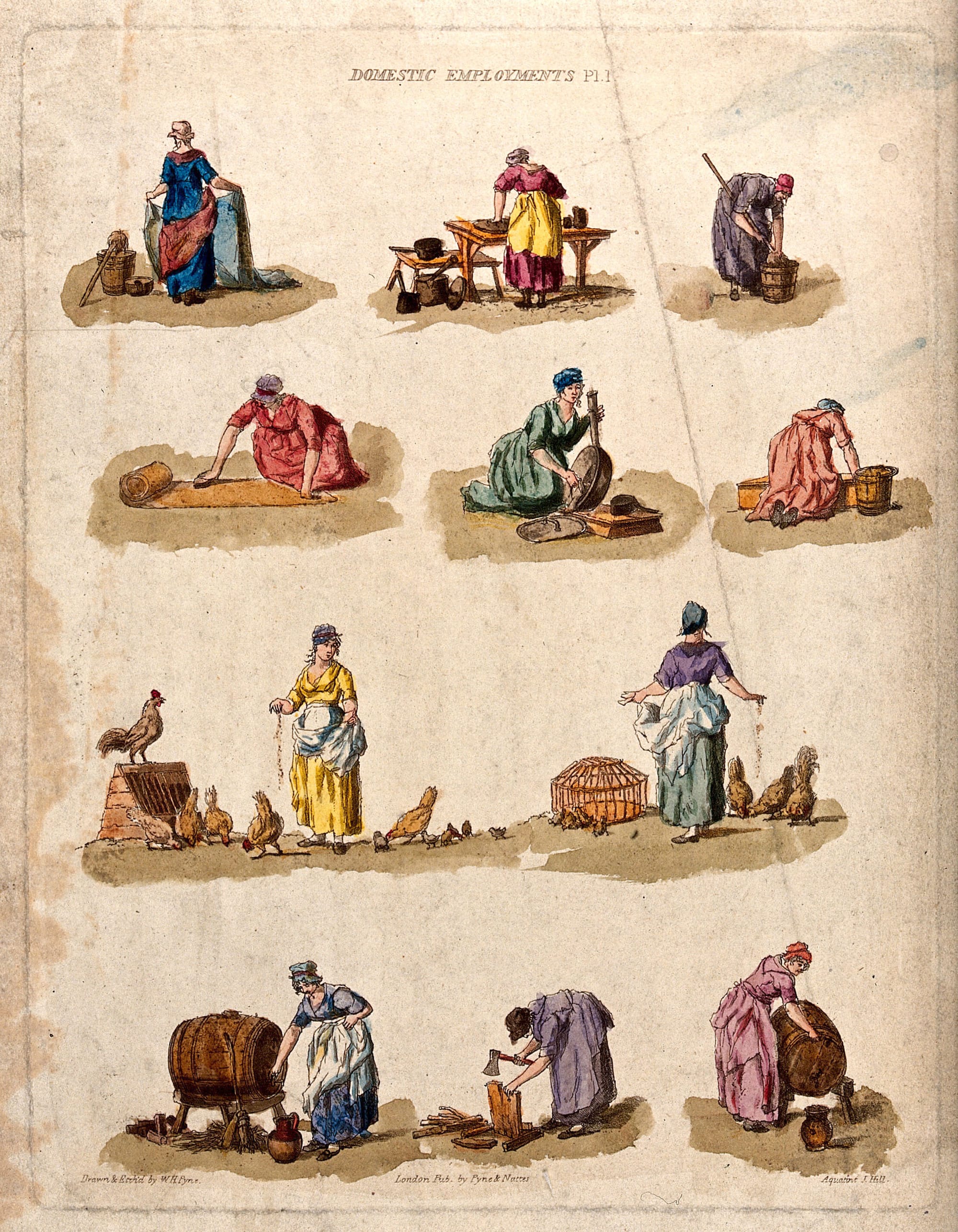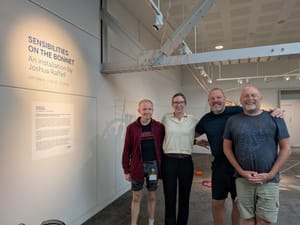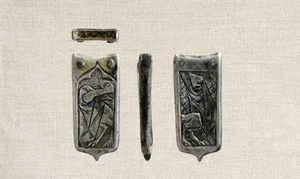Beyond the Bonnets, an exhibition that gives voice to the working women of the Regency era, opens tomorrow at The Arc, Winchester, in the year that we celebrate the 250th anniversary of Jane Austen. The show reveals an ecosystem of industrious women. Stories of glaziers, governesses and librarians emerge alongside figures from Jane Austen’s literary world and life. Prepare for precarity and mixed fortunes as this show digs deep into a complicated past.
Ahead of the launch of the exhibition, this article explores three unique aspects of the show:
- A retelling of the Regency
Just as Austen extricated female figures from being defined purely by traditional spheres of female influence in her novels, Beyond the Bonnets uncovers surprising roles played by women in the Regency period. For example, you will meet Anne Freeman, who ran a glazing business. Anne appears to us through quotes from the Hampshire Chronicle, advertisements for apprentices, and her will, which included reference to “All my stock in my several Trades of a Plumber, Glazier and Painter, and all my Tools, Utensils and Implements used therein."

- A cross-section of Regency work
From bottom to top, the exhibition explores roles relevant to every stratum of society. Work itself appears as the ultimate liminal space that could set women on the threshold of infamy or autonomy within a society in which being a lady often required a certain amount of abstinence from paid employment and subscription to a strict set of sensibilities. From a governess to a prostitute, we encounter those at the centre and edges of societal acceptance.

- Jane Austen’s life
The exhibition brings Jane Austen’s world vividly to life, not just through her fiction, but through the personal threads that connect her to the working women around her. Beyond the Bonnets includes letters to her sister, Cassandra, and other figures from her world, which reveal the rhythms of daily life, quiet wit and sharp observations that shaped her writing. Visitors can explore the lives of real individuals who moved through Austen’s orbit, such as Anne Sharp, a governess, and Mrs Martin, the proprietor of a travelling library that Austen herself subscribed to. These letters offer a rare glimpse into the wider network of women whose work, intellect and social roles often went unrecorded. Here, for example, is a moment from one of Austen’s letters to Cassandra, in which she reflects on the library:
“I have received a very civil note from Mrs. Martin, requesting my name as a Subscriber to her Library which opens the 14th of January, & my name, or rather Yours, is accordingly given. My mother finds the money. - Mary subscribes too, which I am glad of, but hardly expected. - As an inducement to subscribe, Mrs. Martin tells me that her Collection is not to consist only of Novels, but of every kind of Literature, &c &c - she might have spared this pretension to our family, who are great Novel-readers & not ashamed of being so; - but it was necessary, I suppose, to the self-consequence of half her Subscribers.”
The exhibition runs from Saturday 26 July to Sunday 2 November at The Arc, Winchester, before it tours to the Willis Museum and Sainsbury Gallery in Basingstoke. Find out more and buy tickets here.


